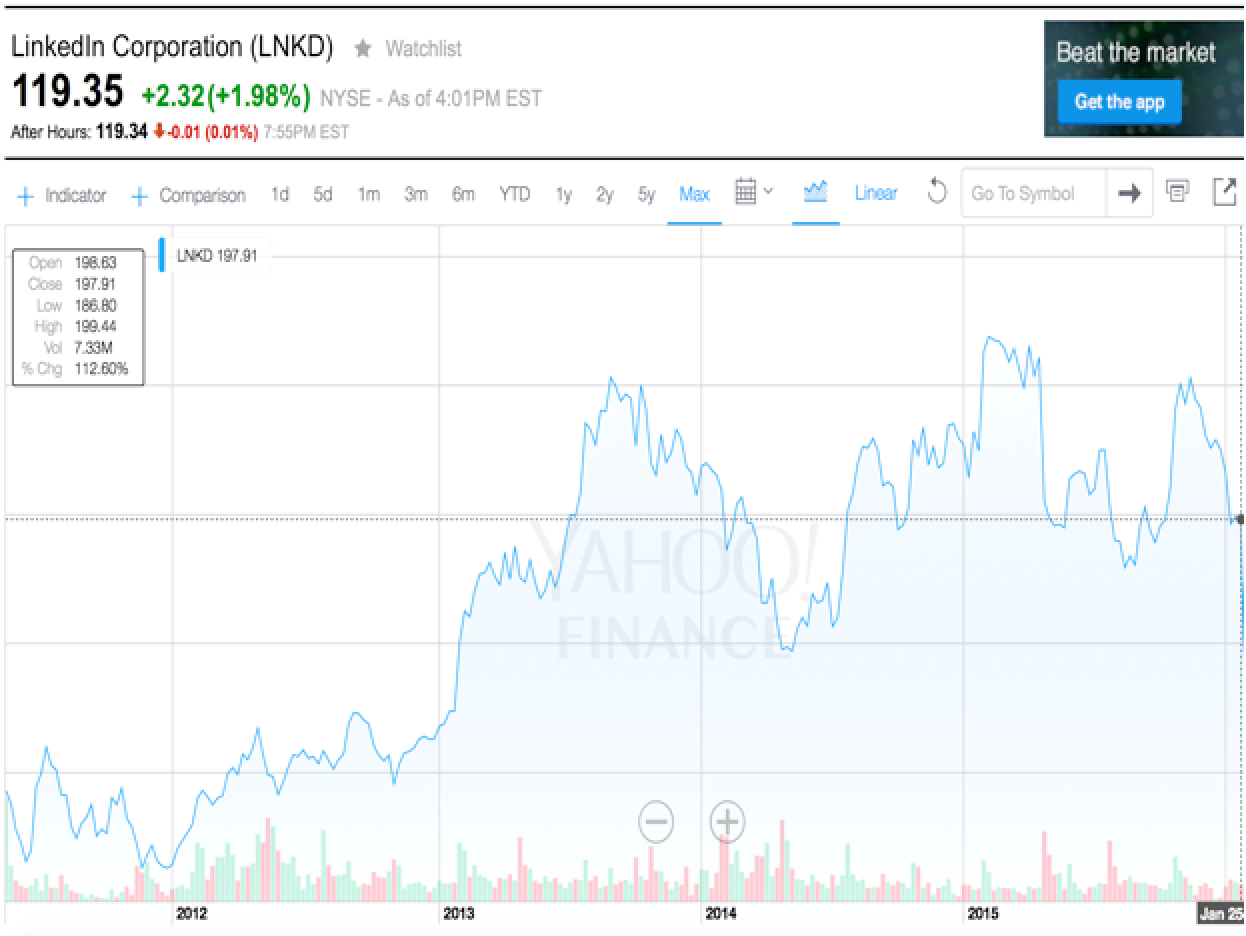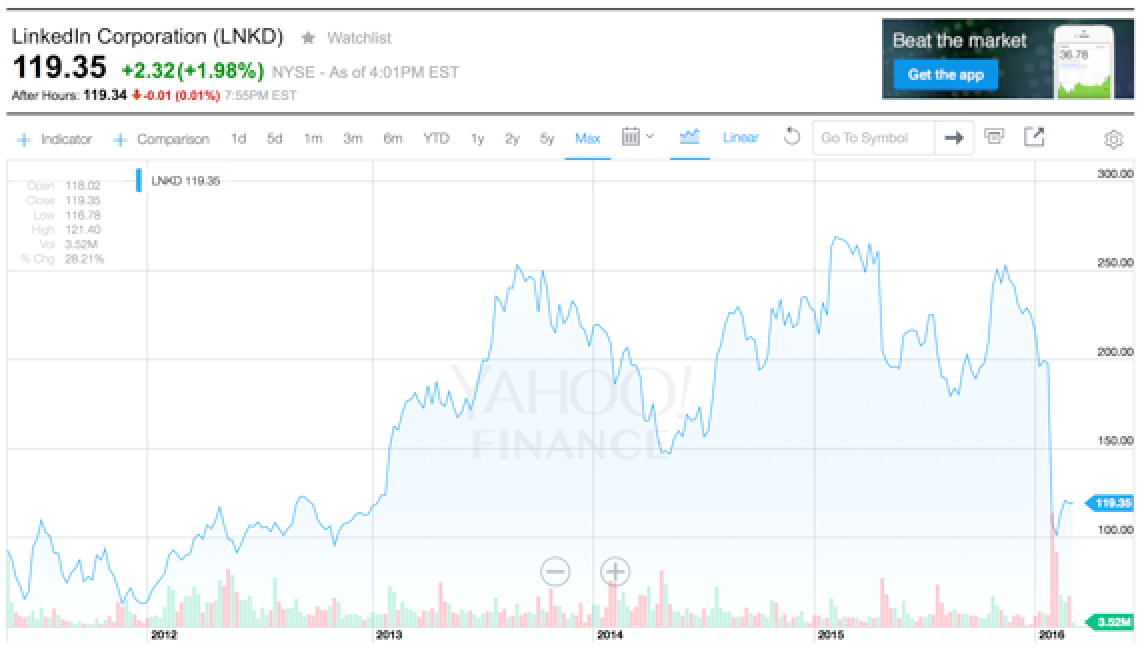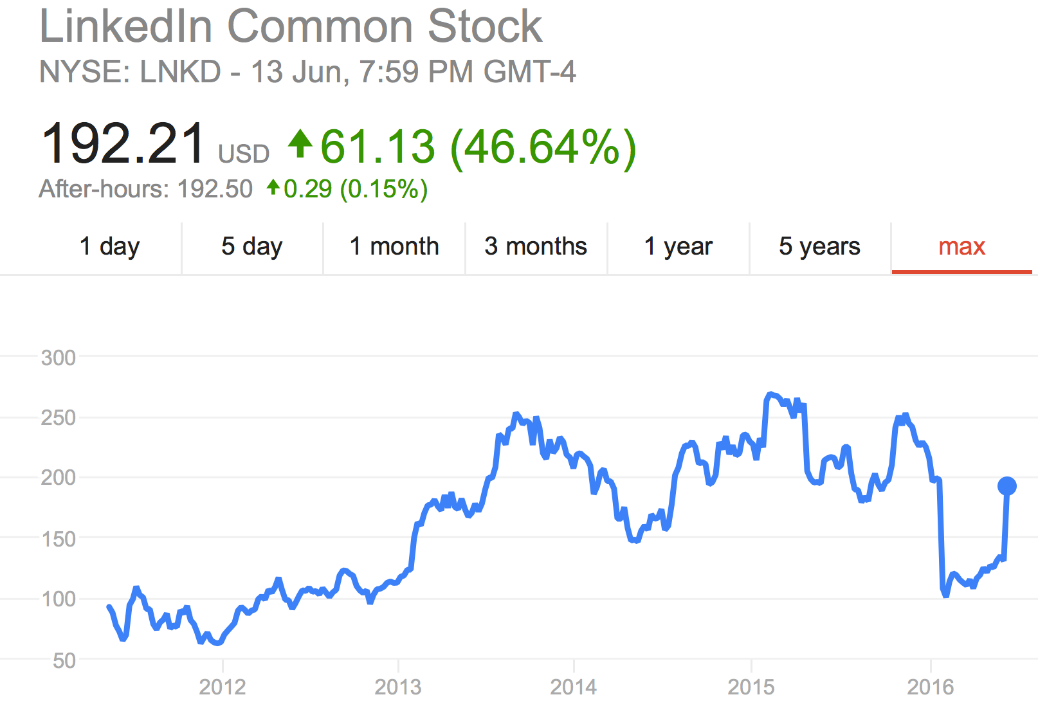How to Make Money – Part 1
Investment Perspective – June 2016

Peter Flannery CFP AFA
“Neither the investing method nor the fundamentals of the business are right or wrong because the mood of the market is favourable or unfavourable toward the “stock”. That is because when you really think about it, “stocks” (shares) are all about the financials and the trading price, the share price… the cash up value. What matters more is the economics of the business”
Peter Flannery
Here is One Reliable Way to Make Money
Invest in good businesses – don’t play the markets.
Instead of speculating on popular investments or following the herd (I am not saying that does not work at times) why not learn how to identify a good business and then buy into it at a fair price. A good business in time will grow even though its trading price may rise and fall, at times erratically, along the way.
A good business is a good business because of its underlying economics – not because it is popular or because its rising trading price has caught the attention of everybody.
So, find a good business, preferably one that is unpopular or overlooked by the market and then buy it at a favourable price, ignoring any hype around trading price rises and falls, particularly when they are sharp and significant. Be patient when required.
Whilst not always easy, this is not that complicated.
Once You Know This, It’s Simple…
We invest to protect our capital and make it grow long term. We do not speculate to make easy money quickly or risk losing it – it is hard to get in the first place – right?!
Successful investing starts with understanding the intrinsic value of the business. This is definitely more of an art than a science. It requires experienced and careful value judgment alongside all the mathematics and analysis that goes on.
Because market sentiment (the players in the market including fund managers, sharebrokers and other investors) determines the price of a business listed on the sharemarket, price movement as a way to track progress is unreliable and unsatisfactory (unless you are a momentum investor (using a sharebroker) or a trader (investing in charts and moving averages).
It is also of minimal use in the short term when it comes to tracking one’s success. The intrinsic value of the business is determined by underlying business performance – not price movement.
Just to be clear, we as value investors invest in the underlying business – not the price movement – well… at least that, is what I thought we were doing?
If we are investing in the underlying business then its popularity or unpopularity, easily measured by its trading price, is only of passing interest. It may also be a possible entry point for us as investors, but little more than that.
Because other people may like what we invest in, this does not mean that we are successful investors; no more than if the market strongly dislikes what we are investing in, does it mean that we are failing as investors. Interestingly, often the reverse is true.
A Great Example – LNKD!
Look at what has happened to LinkedIn, last year, news broke around the world that Microsoft had just purchased LinkedIn!! This was big news.
Microsoft did not buy LinkedIn so they could waste money (although they have done that before!).
They see the possibilities that a networking site targeting professionals provides not only LinkedIn whom they bought but also Microsoft. They will be able to extend their offering through the LinkedIn network.
There exists significant opportunity for the complementary businesses of Microsoft and LinkedIn to leverage off each other, providing they can deliver and execute properly, transforming great ideas and business strategy into services that in turn convert into bottom-line profit. So, the potential is there however can they deliver it?
Actually, price does matter, occasionally
Anyway, for investors in LNKD let’s take a look at what had happened from a price perspective in June (this time price finally matters!).

Looking at the right hand side of the above chart, the trading price of LinkedIn is sitting at around USD$200 per share.
Now, take a look at the chart below…

Again looking at the right hand side of the chart, note how the price has dropped from around $200 per share down to almost $100 per share and then bounced up slightly to $119 per share. THAT…is a fast decline in the trading price.
For most people this type of volatility is considered to be “not great” or worse “a mistake”. In fact it is neither.
Price and value are not the same thing.
LinkedIn’s turnover and profit did not decline by 50% in the space of 48 hours and yet the share price did.
By the way LinkedIn signalled slowing growth (from 30% down to around 22%) from its main revenue driver (Talent Solutions) which is a signal for almost every investment analyst, fund manager and sharebroker to reassess their investment and for most, conclude they have made a mistake and to get out.
Truth is Sometimes Stranger than Fiction
One of the ironies of investing is that most investors, and I know for a fact, many hedge fund managers around the US, refuse to accept even the slightest bit of portfolio shrinkage on their investment portfolios as though they have somehow managed to find a way to defy downward price movement gravity – of course they have not (puts and calls cost money and are another moving part to investing that can go wrong).
In the case of the US hedge fund manager and many other fund managers, they are forced into more complex, “clever” arrangements very focused on the short term and the next transaction that add cost as well as damage long term investment returns.
You see, we cannot invest in bargains if the price is always high. There has to be a point where the price declines so that we can pick up a bargain. That is another reason why using price movement to gauge investment success in the short term is illogical. Long term though it does make sense.
Price and value are not the same thing. Just because a business is popular does not mean it is a good performing business. Nor is an unpopular business necessarily a bad investment choice or a poor performing business.

Tuesday the 14th of June 2016 Microsoft and LinkedIn announce that Microsoft has purchased LinkedIn. Microsoft paid US$196 per share in cash.
There will no doubt be debate around whether or not Microsoft paid too much and perhaps some questions around LinkedIn’s ability to deliver on promised growth in the future without aligning itself with the likes of Microsoft.
In any event, the rationale for investing in LinkedIn from my perspective was about the underlying value of the business enterprise, its global position in “the internet of things” and its opportunity as a disruptor.
Whilst fast growing technology companies in my view are a risky proposition, with LinkedIn we have had the competitive advantage of LinkedIn being number one in a category it created itself (networking professionals). Also given its size and scale along with its strong brand, the useful economics of this business along with reasonable financials (somewhat expensive but growing) to me represented a useful opportunity long term.
We will never know now just how successful LinkedIn on its own without Microsoft might have been and it is now irrelevant anyway.
My recommendation to invest in LinkedIn was not based around the high tech nature of the operation or any fascination with technology companies or a desire to make easy money quickly from a fast growing operation.
The disruptive nature of this business (recruitment) and the importance of networking on a global scale, along with, as previously mentioned, the competitive advantage and strong branding offered the opportunity for real growth longer term along with a degree of certainty provided by the business economics.
Price Now Matters for Investors in LNKD
Price movement definitely is an important factor right at this point because the deal now defines an end game for us as investors (an unusual situation because our favourite holding period, like Warren Buffett, is forever).
So in this situation price definitely matters. The initial price or the average buy price for those who have averaged down as well as the final price at $196 per share. Otherwise price movement is all about the entry point – don’t you agree?
“Whether we’re talking socks or stocks, I like buying quality merchandise when it is marked down. That’s what Value Investing is all about.”
Warren Buffett
